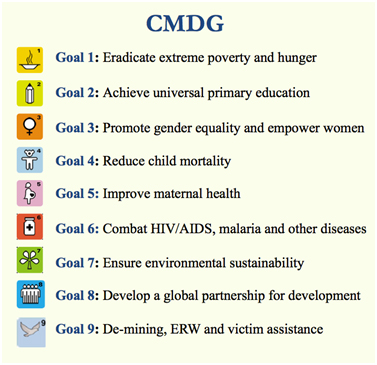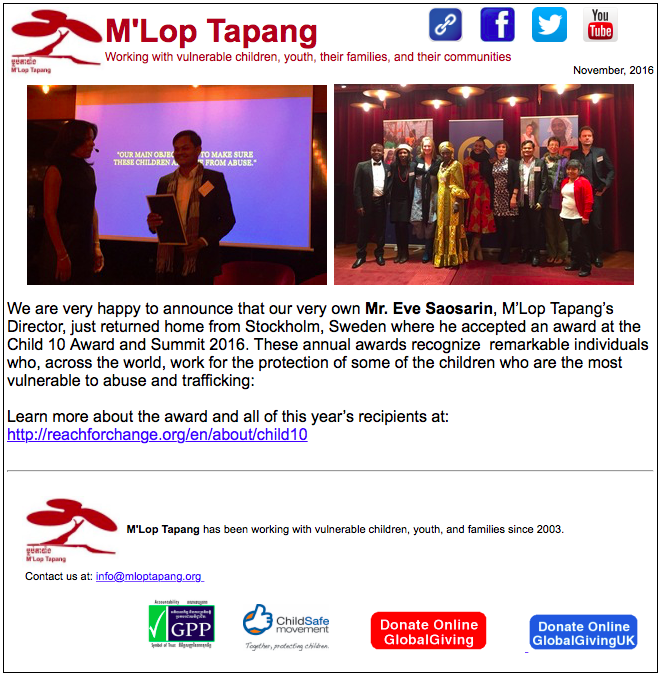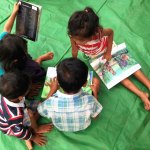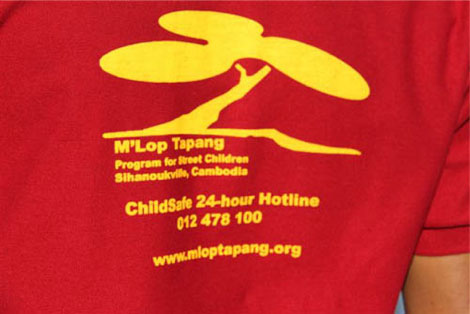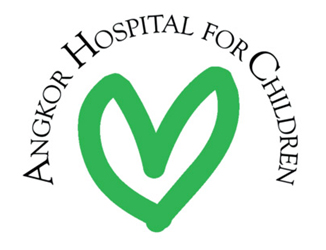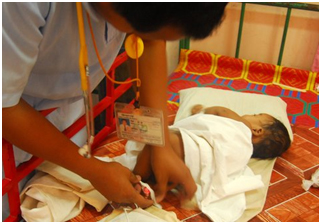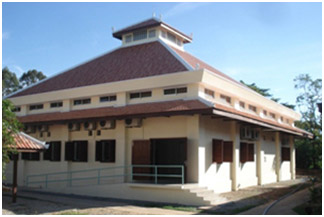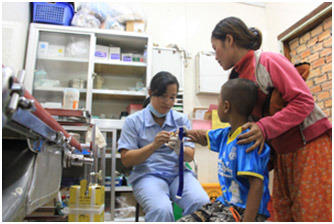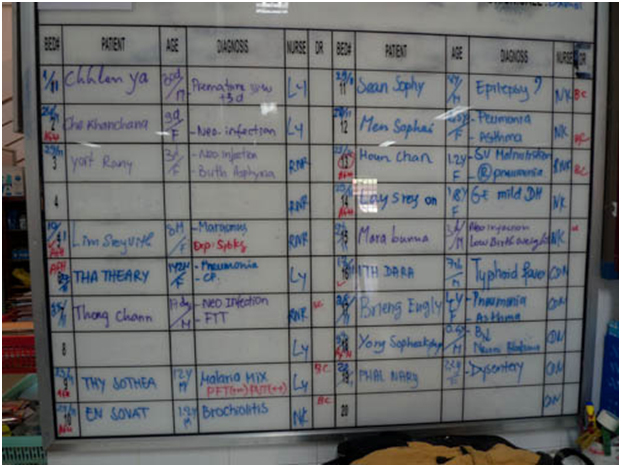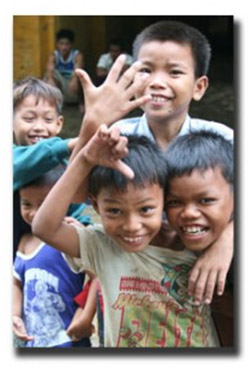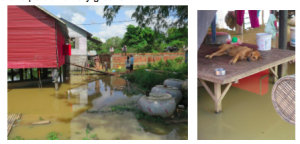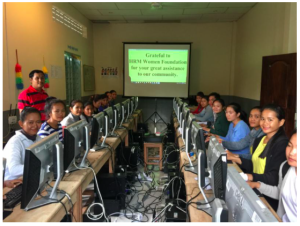Adrianne and Rick travel to developing countries where, using their own funds as well as funds that have been donated, they assist with the basic needs for the communities they work with including: housing, clean water, medicine, schools, educational supplies, transportation and small business grants. They work in communities in Southeast Asia, where people face poverty, unemployment, high infant mortality and diseases such as malaria and dengue fever. They ensure that a minimum 95% of the donations they receive go directly to help children and families.
The activities undertaken by Adrianne and Rick in their work for K.I.D.S. benefit families and communities in very real and direct ways. They have volunteered in Cambodia, Myanmar (Burma), Thailand/Myanmar border, India and Vietnam. K.I.D.S. projects have included:
- building schools and small clinics for isolated areas
- building clean drinking water systems for rural schools and communities
- providing medical, educational and household supplies for children and families living in poverty
- building, operating and providing teachers for a small village school in Stung Treng, Cambodia
- supporting Stung Treng Women’s Development Centre, a women’s weaving center, by improving water supplies and infrastructure as well as providing kindergarten teachers for the Centre’s on site kindergarten
- providing solar lighting systems for schools and household solar lights for families in rural areas
- operating a Girl’s Home in Siem Reap, Cambodia that ensures that thirteen girls, who were previously orphaned or living on the street, are provided with a good education, health care, and a loving environment
Meeting people who display courage and strength while struggling against devastating poverty, often with enormous pain and loss, has deeply touched Adrianne and Rick, and helped them in their grief. “On these projects we get to know and work with those who have lost children,” Adrianne explains, “and we’ve been inspired by their capacity to transform their grieving into meaningful work. We’ve come to understand that suffering is a part of life and can’t be avoided. It’s what we do with our pain and grief that matters.”
More information on K.I.D.S. is available on their website: http://www.kidsdevelopmentsociety.org



